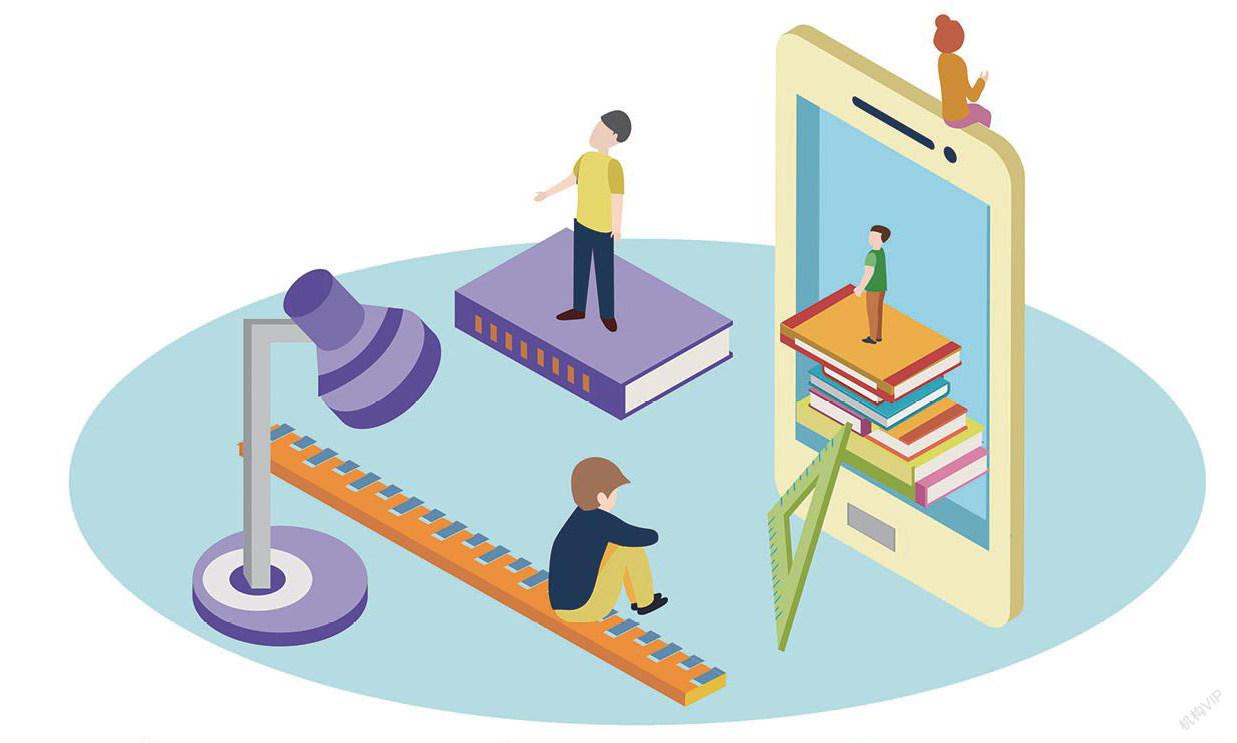AI in Education: Change at the Speed of Learning(Ⅵ) 译题 《教育中的人工智能:学习速度的变化》(六)

Product by UNESCO IITE (The UNESCO Institute for Information Technologies in Education)聯合国教科文组织教育信息技术研究所
该报告为UNESCO IITE新推出的“教育的数字化转型”(Digital Transformation of Education)系列出版物的第一期。据悉,“教育的数字化转型”系列将包括政策简报、分析报告和反思论文,以探讨由于技术的使用及其对教育和人类生活其他领域的影响,教育领域正在发生和正在出现的根本性变化。
5. Whats Next?
5.2 New Ways of Seeing
5.2.1 Cognitive Services
Cognitive Services are a set of emergent technologies which help developers to create applications that can see, hear, speak, understand, and even begin to reason. They allow developers to add features such as emotion and sentiment detection, vision and speech recognition, and natural language understanding to their applications without having direct AI or data science skills or knowledge themselves. Because these services are made available to developers by large companies such as Microsoft — as sets of AI algorithms and application programming interfaces (APIs) — they can easily be added as enhancements to existing solutions.
Such technologies are already becoming ubiquitous in the commercial world. Computer vision and speech recognition services are now widely used as a means of unlocking a smartphone. National Language Processing (NLP) allows people to perform web searches simply by asking a question in their own voice, using everyday words and phrases. Text to speech and speech to text services can be used to both create and narrate documents and webpages.
The implications for education are immense. For learners with a disability in particular they can help to remove barriers of access and opportunity, and serve to democratize education. For learners with foundational learning challenges, such as literacy and numeracy deficiencies, they can enable active participation in higher-order learning at the same time as the students develop those skills, rather than excluding them until those capabilities are mastered. When added to existing AI solutions and services they can accelerate the generation of vital insights — an educator can simply ask the AI a question, rather than having to input a detailed query using their keyboard or mouse.
5.2.2 Virtual, Mixed and Augmented Reality
VR, AR and MR learning content can revolutionize education, making learning immersive and more engaging. With VR, students can travel anywhere in the world from their classroom and experience a recreation of that world, at any time in history, within a virtual environment. With AR, students can view holographic instructions or information overlaid upon a physical object, providing them with additional information about the object they are viewing. MR can be used, for example, in medical training or engineering, allowing students to ‘dissect limbs or ‘repair machinery which they view as holograms within the real-world environment, enabling learners to focus on practice rather than theory. Although these new technologies are still evolving, the speed of change is exponential and some education technologists are already predicting that, in the future, low-cost versions of such technologies will supplant the textbook and free learners from the confines of their classroom.
AI will make it possible not just to deploy these exciting new technologies — but to analyze their effectiveness and to optimize the benefits they can provide to students and educators alike.
5.2.3 IoT and Edge Computing
The Internet of Things (IoT) describes the network of physical objects (things) that are embedded with sensors, software and other technologies, which allow them to connect and exchange data with other devices and systems over the internet, without involving a human being. An IoT device can be as simple as a lightbulb which can be turned on and off remotely, or as complex as a driverless car. There are already more connected ‘things than there are people, and researchers have predicted that there will be more than 40 billion such devices by 2025.
The IoT is already being used by many education institutions to help manage their infrastructure more efficiently and cheaper — from using sensors to control heating and lighting based on the actual occupancy of classrooms or buildings, leading to increased energy efficiency and reduced operating costs; to the use of remote cameras and biometrics to help make campuses more secure.
Edge computing is an information technology (IT) architecture in which data is processed at the periphery (edge) of the network, as close to the user or the source of the data as possible. This means that the data does not need to be sent to a centralized (cloud) location to be processed or stored, reducing time and bandwidth requirements. The key benefit of edge computing is the potential reduction in latency — simply put, things can happen faster.
5. 未来展望
5.2 视觉方式变革
5.2.1 认知服务
认知服务是一种新兴技术,认知服务技术的发展可以帮助开发人员创建能够看、听、说、理解甚至开始推理的应用程序。它们允许开发人员在应用程序中添加诸如情感和情感检测、视觉和语音识别以及自然语言理解等功能,而无需拥有直接的人工智能或数据科学技能或知识。这些服务是由大型公司(如微软)向开发人员提供的,作为人工智能算法和应用程序编程接口的集合,可以被轻松地添加为现有解决方案的增强功能。
此类技术在商业领域中早已无处不在。计算机视觉和语音识别服务现在被广泛用作解锁智能手机的手段。自然语言处理技术允许人们通过自己的声音,使用日常词汇和短语,简单地进行网络搜索。无论是文本到语音的服务,还是语音到文本的服务,都可用于创建和叙述文档和网页。
认知服务技术对教育的影响是巨大的,特别是对残疾学生,这一技术可以帮助消除入学难和机会不平等问题,促进教育民主化。对有基础学习挑战的学习者,例如读写和计算能力不足的人,他们可以在发展这些技能的同时,积极参与更高阶的学习,而不是在掌握这些能力之前将其排除在外。将认知服务技术添加到现有的人工智能解决方案和服务中,可以加速重要见解的生成。教育者可以简单地向人工智能提出一个问题,而不必使用键盘或鼠标输入详细的查询。
5.2.2 虚拟现实、混合现实与增强现实
虚拟现实、增强现实和混合现实学习内容可以彻底改变教育,使学习更具沉浸感和吸引力。有了虚拟现实,学生们可以在虚拟环境中,在历史上的任何时候,从教室到世界的任何地方旅行,体验对这个世界的再创造。通过增强现实,学生可以查看覆盖在物理对象上的全息指令或信息,为他们提供有关所查看对象的附加信息。而混合现实可用于医学训练或工程,允许学生在真实环境中“解剖”四肢或“修理”他们视为全息图的机械,使学习者能够专注于实践而不是理论。尽管这些新技术仍在不断发展,但变化的速度是指数级的,一些教育技术专家已经预测,在未来,这些技术的低成本版本将取代教科书,让学习者彻底摆脱课堂的束缚。
人工智能不仅使得部署这些令人兴奋的新技术成为可能,而且能够分析新技术的有效性并优化它们,为学生和教育工作者带来好处。
5.2.3 物联网与边缘计算
物联网是指嵌入传感器、软件和其他技术的物理对象(物)所形成的网络,允许它们通过互联网与其他设备和系统连接并交换数据,而不涉及人。物联网设备既可以像远程打开和关闭电灯一样简单,也可以像无人驾驶汽车一样复杂。联网的“物品”已经比人多,研究人员预测,到2025年,此类设备将超过400亿台。
许多教育机构已经在使用物联网来帮助更高效、更廉价地管理其基础设施——例如使用传感器根据教室或建筑物的实际占用情况来控制加热和照明,从而提高能源利用效率并降低运营成本;使用远程摄像头和生物識别技术帮助校园更加安全。
边缘计算是一种信息技术架构,其中客户端数据在网络外围(边缘)进行处理,尽可能靠近用户或数据源。这意味着数据不需要发送到集中的(云端)位置进行处理或存储,从而减少了时间和带宽需求。边缘计算的主要好处是潜在的延迟减少——简单地说,就是事情可以处理得更快。

